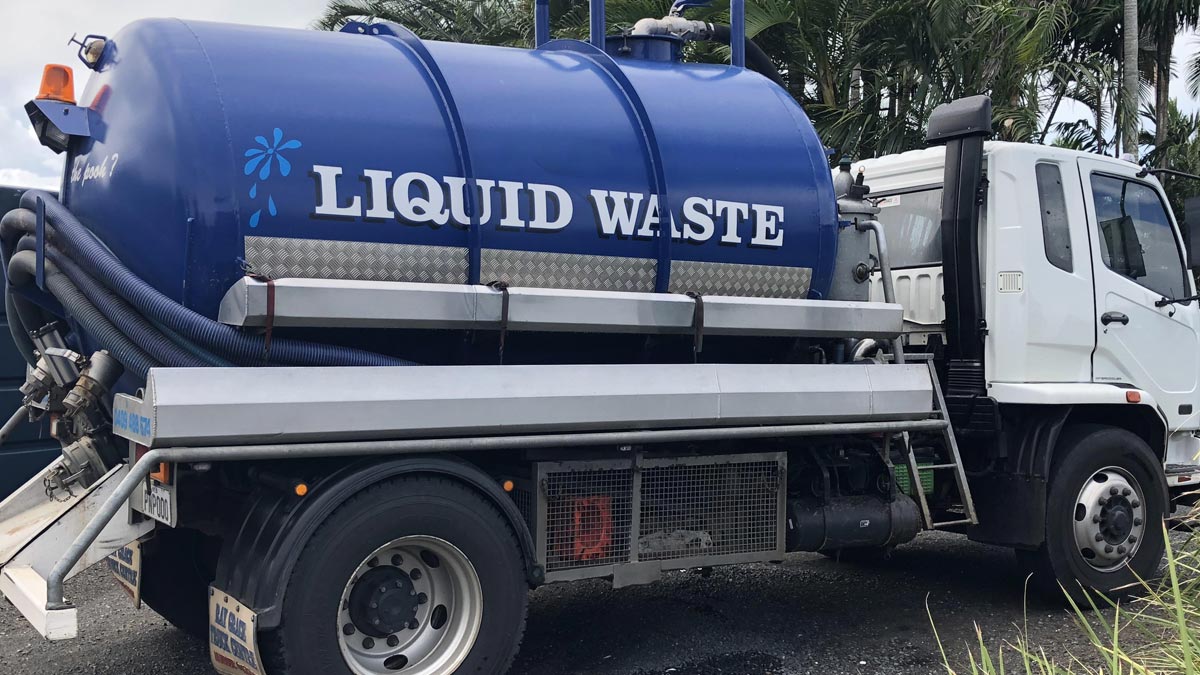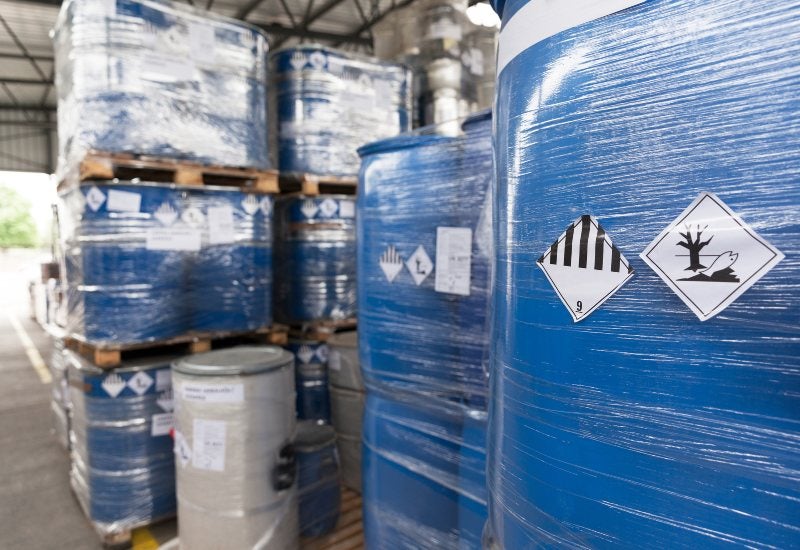Specialist Liquid Waste Removal Melbourne: Quick and Economical Services
Exactly How Liquid Waste Disposal Works: A Detailed Introduction of Strategies and Technologies Utilized

Summary of Liquid Waste Types
The intricacy of liquid waste types necessitates an extensive understanding of their characteristics and implications for disposal. Liquid waste can generally be categorized right into several types, including industrial, municipal, agricultural, and harmful waste. Each classification shows distinct properties, calling for certain monitoring strategies to alleviate ecological and health risks.
Industrial liquid waste originates from making procedures and frequently consists of a series of contaminants, such as heavy metals, solvents, and organic compounds. Community fluid waste, primarily comprising wastewater from houses and industrial establishments, has natural issue, nutrients, and microorganisms (industrial wastewater treatment). Agricultural liquid waste, consisting of drainage from ranches, might consist of fertilizers, chemicals, and animal waste, posturing dangers to water quality and ecosystems
Unsafe liquid waste is identified by its poisoning, reactivity, or potential to create injury. Understanding these varied liquid waste kinds is crucial for developing effective disposal approaches and ensuring compliance with ecological policies.
Physical Treatment Methods

Testing is the first action, where bigger bits and particles are gotten rid of from the liquid waste using displays or grates. In sedimentation containers, heavier bits clear up at the base, creating a sludge layer, while the cleared up liquid can be more treated.
Filtration is one more essential approach that includes passing the liquid with porous materials, such as sand or membrane layers, to record smaller fragments. This action boosts the top quality of the liquid, making it suitable for subsequent treatment procedures.

Chemical Therapy Techniques
Chemical therapy strategies are vital for properly managing fluid waste, particularly in dealing with liquified and colloidal contaminants that physical approaches may not properly get rid of. These strategies use different chemical agents to neutralize, precipitate, or transform hazardous substances into less damaging types.
One usual method is coagulation and flocculation, where chemicals such as alum or ferric chloride are included in promote the gathering of suspended bits. This process enhances sedimentation, permitting easier elimination of the resulting sludge. Additionally, oxidation procedures, utilizing representatives like chlorine or ozone, are utilized to break down intricate natural substances and pathogens, making the waste safer for discharge or further therapy.
Neutralization is an additional crucial method, which adjusts the pH of acidic or alkaline waste streams to neutral degrees, stopping prospective injury to downstream systems and the setting. In addition, progressed oxidation procedures (AOPs) use combinations of oxidants and ultraviolet light to break down relentless toxins, achieving a greater level of treatment effectiveness.
Organic Therapy Procedures
Biological therapy processes play a vital role in the administration of fluid waste by utilizing have a peek here microbes to break down raw material and minimize pollutant levels. These procedures can be this article extensively classified into anaerobic and cardio treatments, each utilizing details microbial areas to attain effective waste degradation.
Aerobic therapy entails the use of oxygen to facilitate the breakdown of organic products by germs. This process is typically applied in triggered sludge systems, where oygenation containers supply a favorable environment for microbial development, bring about the oxidation of organic contaminants. The resultant biomass can be divided from treated effluent through sedimentation.
On the other hand, anaerobic therapy occurs in the lack of oxygen, counting on various microorganisms to break down natural matter. This method is especially advantageous for high-strength waste, as it creates biogas, a renewable power resource, while decreasing sludge manufacturing. Technologies such as anaerobic digesters are regularly utilized in local and commercial applications.
Both anaerobic and cardio organic therapies not only decrease the ecological effect of liquid waste however additionally facilitate source healing, making them vital components of sustainable waste monitoring techniques. Their adaptability, efficiency, and effectiveness support their widespread execution throughout different fields.
Arising Technologies in Disposal
Innovative strategies to liquid garbage disposal are swiftly advancing, driven by innovations in innovation and an enhancing emphasis on sustainability. Among these arising technologies, membrane bioreactors (MBRs) have obtained traction for their capability to combine biological therapy with membrane layer filtering, causing high-quality effluent that can be reused in various applications. MBRs allow smaller impacts and extra efficient procedures contrasted to traditional systems.
Another appealing advancement is the usage of anaerobic food digestion combined with nutrient recovery modern technologies, which not only treats fluid waste yet additionally generates biogas and recuperates important nutrients like nitrogen and phosphorus. This double advantage boosts resource efficiency and decreases environmental influence.
Additionally, advanced oxidation procedures (AOPs) are being taken on for the deterioration of intricate natural toxins. These approaches use powerful oxidants and stimulants to damage down pollutants at the molecular level, using a highly efficient solution for challenging waste streams.
Furthermore, the combination of artificial knowledge and device understanding in waste management systems is optimizing operational effectiveness and predictive upkeep, resulting in minimized prices and improved environmental conformity. These innovations show a considerable shift towards more sustainable and reliable liquid garbage disposal techniques.
Final Thought
In conclusion, efficient fluid garbage disposal requires a thorough understanding of different methods and innovations. The integration of physical, chemical, and organic treatment approaches guarantees the efficient administration of varied waste types. Moreover, the emergence of innovative innovations boosts treatment efficacy and promotes sustainability in waste management methods. By continually advancing these methodologies, it becomes possible to resolve the growing obstacles related try here to fluid waste, ultimately contributing to environmental management and resource recovery.
Fluid waste disposal is a critical aspect of ecological management, calling for a thorough understanding of different methods and technologies customized to different waste kinds. Liquid waste can extensively be classified into a number of types, including commercial, metropolitan, farming, and hazardous waste. Agricultural liquid waste, consisting of runoff from farms, may have fertilizers, pesticides, and animal waste, posing risks to water top quality and environments.
Various physical treatment methods play a vital function in handling liquid waste effectively - industrial wastewater treatment.In final thought, reliable liquid waste disposal necessitates a detailed understanding of various methods and modern technologies